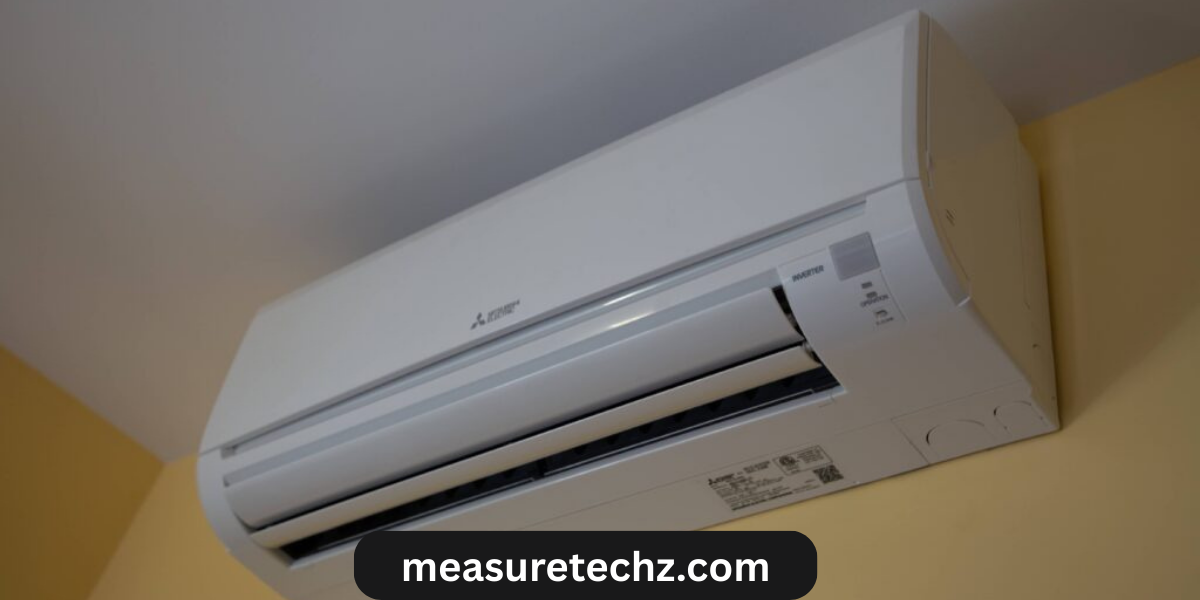Window air conditioners are among the most practical and affordable cooling solutions for homes, apartments, and offices. They’re easy to install, energy-efficient, and ideal for spaces where central AC isn’t an option. But before you purchase one, it’s important to know the dimensions of a window air conditioner. The size not only determines whether it will fit into your window but also influences cooling capacity, weight, and overall efficiency.
This article provides a detailed look at average window AC dimensions across different BTU ranges, key measurements you need to consider, and tips for selecting the right model for your space.
Why Dimensions Matter
Choosing the correct size air conditioner isn’t just about cooling power—it’s also about fit and safety.
- Window Fit: The unit must match the window’s width and support weight safely.
- Cooling Efficiency: A unit that’s too small won’t cool effectively, while an oversized one may waste energy.
- Ease of Installation: Larger units are heavier and may require additional support brackets.
- Room Aesthetics: A bulky AC may block light or protrude awkwardly.
verage Dimensions of a Window Air Conditioner
Window AC sizes vary primarily by BTU rating, which measures cooling capacity. Here are common dimensions:
Small Units (5,000 – 6,000 BTU)
- Dimensions: 16 – 18.5” W x 12 – 13.5” H x 15 – 16” D
- Weight: 40 – 50 lbs
- Best for: Bedrooms or small rooms up to 250 sq. ft.
Medium Units (8,000 – 12,000 BTU)
- Dimensions: 19 – 24” W x 14 – 15” H x 17 – 21” D
- Weight: 55 – 75 lbs
- Best for: Living rooms, offices, or spaces up to 550 sq. ft.
Large Units (15,000 – 18,000 BTU)
- Dimensions: 23 – 26” W x 17 – 18” H x 25 – 28” D
- Weight: 100 – 130 lbs
- Best for: Large rooms or small apartments up to 1,000 sq. ft.
Extra-Large Units (20,000 – 25,000 BTU)
- Dimensions: 26 – 28” W x 18 – 20” H x 26 – 30” D
- Weight: 130 – 150+ lbs
- Best for: Open-concept areas or commercial spaces over 1,200 sq. ft.
Window and Installation Requirements
When measuring your window for installation, keep these key points in mind:
- Window Width: Most units require a window width between 23 and 36 inches.
- Window Height: Minimum window opening height is usually 14 – 19 inches, depending on the model.
- Depth Clearance: Ensure at least 15 – 30 inches of interior/exterior clearance for airflow.
- Support Brackets: Larger ACs may need additional brackets to prevent window frame strain.
Tip: Always check the manufacturer’s installation guide for exact fit requirements.
Weight Considerations
- Lightweight models (under 50 lbs) are easier to install solo.
- Medium to heavy models (60 – 130 lbs) typically require two people.
- Very heavy models (over 130 lbs) almost always need support brackets for safety.
Energy Efficiency and Size
- While physical dimensions matter, energy efficiency is equally important:
- Look for Energy Star–certified models for lower operating costs.
- Larger units may consume more power but can be efficient if matched correctly to room size.
Real-World Examples
- Frigidaire 5,000 BTU Model: ~16” W x 12” H x 15” D, 42 lbs.
- LG 10,000 BTU Model: ~19.5” W x 14.5” H x 19” D, 63 lbs.
- GE 18,000 BTU Model: ~26” W x 18” H x 28” D, 120 lbs.
These examples show how dimensions increase with BTU capacity.
How to Choose the Right Window AC Size
- Measure your window (width and height).
- Calculate your room size (square footage).
- Match BTU rating to square footage:
- 5,000 – 6,000 BTU → up to 250 sq. ft.
- 8,000 – 12,000 BTU → 300 – 550 sq. ft.
- 15,000 – 18,000 BTU → 550 – 1,000 sq. ft.
- 20,000+ BTU → over 1,000 sq. ft.
- Check weight and support needs.
- Look for energy efficiency features.
Conclusion
The dimensions of a window air conditioner vary based on cooling capacity, but most range from 16 to 28 inches wide, 12 to 20 inches high, and 15 to 30 inches deep. Small units are lightweight and fit narrow windows, while large-capacity models are heavier, require stronger support, and fit wider windows.
By measuring your window carefully, understanding BTU requirements, and considering weight and efficiency, you’ll be able to choose the perfect window AC unit for your space.

